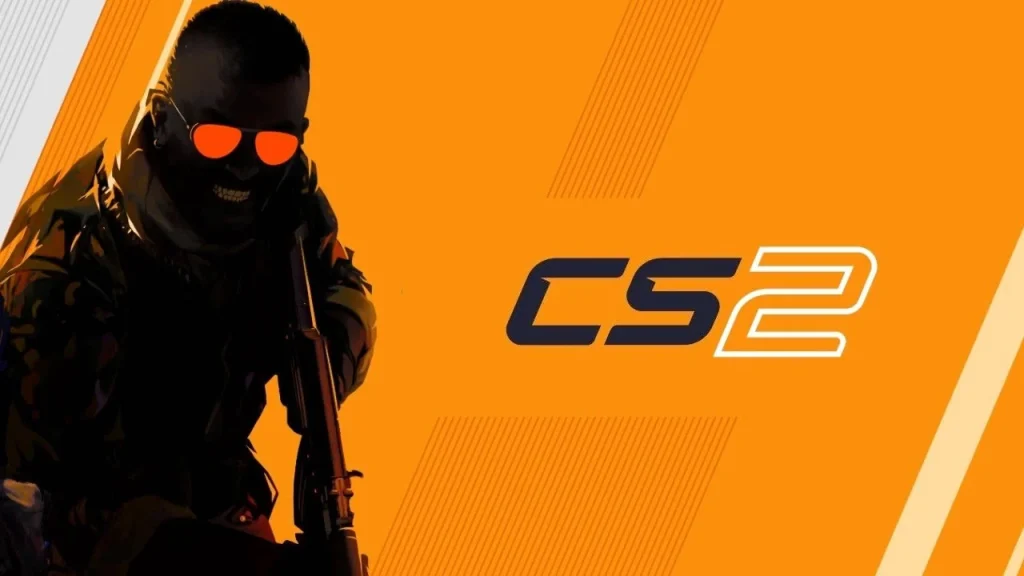Gaming isn’t just a hobby – it’s a culture, a way of life, and for many, a second language. If you’ve ever jumped into an online Counter-Strike match only to feel like your teammates were speaking in riddles, you’re not alone. Terms like “eco round,” “AWP,” and “wallbang” might sound like gibberish at first, but mastering them is your ticket to fitting in and winning big. Let’s cut through the noise and make sense of this fascinating dialect.
Your New Gaming Dictionary
- Ace: This is when one player eliminates the entire enemy team in a single round. Think of it as the gaming equivalent of scoring the winning touchdown – except cooler because it’s digital.
- AWP: A sniper rifle that every Counter-Strike player either loves or fears. One shot, one kill. Just don’t miss, or you’re toast.
- Eco Round: A strategic decision where your team buys minimal gear to save up for better equipment in the next round. In other words, you’re playing the game equivalent of penny-pinching.
- Ninja Defuse: Defusing the bomb while the enemy is distracted, like a stealthy thief in the night. If you pull this off, expect your teammates to worship you (temporarily).
- Wallbang: Shooting through walls to hit an enemy. This move says, “I know where you’re hiding, and I’m coming for you.”
- Rush B: A classic command in Counter-Strike. It means: drop everything and storm bombsite B. Simple, effective, and chaotic.
The Language Of The Skin Scene
In Counter-Strike, skins aren’t just colorful add-ons – they’re a language of their own. The names of skins often carry references, themes, or inside jokes that make them stand out – and some of them tell a story. Understanding these can turn you from a casual observer into someone who truly gets the hype. From wear levels to special features, each detail can send the value of a skin soaring or crashing down. Let’s get into what all these terms mean and how they affect the price tag.
Wear Level
Every skin in Counter-Strike comes with a wear level, which describes its condition. This isn’t just a cosmetic detail – it’s a major factor in pricing. Here’s what the wear levels mean:
- Factory New (FN): The holy grail of skin conditions. These look brand-new, with no visible wear or scratches. Unsurprisingly, FN skins fetch the highest prices because everyone wants that flawless shine.
- Minimal Wear (MW): Close to perfect but with tiny signs of wear. Still sleek enough to show off without feeling second-rate, and a bit easier on the wallet than Factory New.
- Field-Tested (FT): Now we’re talking visible scratches and fading. These skins show some battle experience but remain popular, as they’re a decent compromise between price and appearance.
- Well-Worn (WW): Heavy scuffs and discoloration give these skins a rugged vibe. While not as collectible, they’re a solid choice for gamers who care less about looks and more about budget.
- Battle-Scarred (BS): These skins have seen things. Lots of scratches, heavy fading – they’re practically antiques. While they’re usually the cheapest option, certain rare designs can still make a Battle-Scarred skin valuable.
StatTrak™
Ever noticed the word StatTrak™ in a skin’s name? That means it’s equipped with a kill counter that tracks how many enemies you’ve taken down with that weapon. StatTrak™ versions of skins are typically more expensive because, let’s face it, who doesn’t want to brag about their headshot count?
Souvenir
Souvenir skins are exclusive items dropped during official tournaments. They’re signed by pro players and come with event stickers, making them collector’s items. Souvenirs like a Dragon Lore are jaw-droppingly expensive and turn heads faster than a flashy car.
Pattern and Float Value
Every skin has a float value, which is a specific number within its wear range (e.g., 0.00 to 0.07 for Factory New). The closer the float value is to 0.00, the better the condition – and the higher the price.
Then there’s the pattern. Some skins, like the Case Hardened, have unique visual patterns that affect their rarity and value. A “blue gem” Case Hardened, for example, is worth way more than a regular one because of its rare coloration.
All these factors combine to create a skin’s market value. A Factory New StatTrak™ AWP Dragon Lore with a pristine float value and souvenir stickers can sell for tens of thousands of dollars. Meanwhile, a Battle-Scarred Safari Mesh might only be worth pocket change.
Whether you’re trading, collecting, or planning to bet safely with CSGO skins, knowing the lingo is essential. It helps you spot good deals, avoid scams, and make smarter decisions in the bustling skin market.
Why This Matters
Language is the key to any community, and the Counter-Strike lingo is no different. Using terms like “eco,” “rush,” and “AWP” doesn’t just help you communicate – it shows you belong. It’s like a secret handshake but with headsets and a mouse.
Plus, understanding the lingo lets you watch pro matches without feeling lost. You’ll catch the commentary, cheer at the right moments, and maybe even learn a trick or two to bring into your own games.
Learn It, Love It, Use It
Whether you’re a seasoned pro or a total noob (that’s gamer-speak for newbie, by the way), learning the language of online gaming is worth your time. It’s more than just words – it’s how the community connects, strategizes, and thrives.
So, next time someone says “rush B,” grab your gear and go. Or when they shout “ninja defuse,” know they’re counting on you to save the day. And hey, when you ace the round, don’t be shy about reminding everyone who’s boss.


